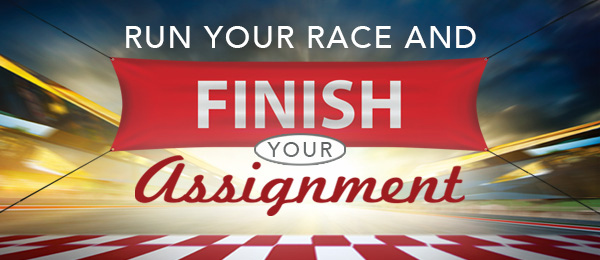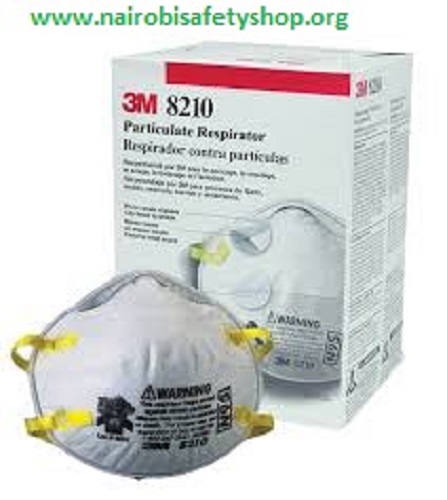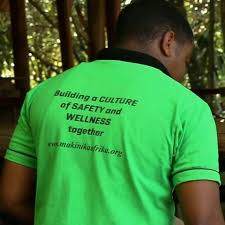In today’s complex work environments, managing risks and hazards is crucial to ensuring the safety and well-being of employees. I am Ambassador Steve Mbugua, the globally recognized Ambassador of Safety, and I am committed to helping organizations create safer workplaces. This article explores the essential strategies and best practices for effectively managing workplace risks and hazards. By identifying potential dangers and implementing proactive measures, organizations can safeguard their employees and foster a culture of safety that supports productivity and morale.
Managing workplace risks and implementing hazard controls are fundamental to ensuring a safe and healthy work environment. Here’s a more detailed examination of workplace risks and hazard controls:
1. Workplace Risks
Physical Hazards
• Slips, Trips, and Falls: These are common in workplaces with wet floors, uneven surfaces, or obstructed pathways.
o Controls: Implementing good housekeeping practices, using slip-resistant flooring, and ensuring proper footwear can reduce these risks.
• Machinery and Equipment: Risks from moving parts, pinch points, and hot surfaces.
o Controls: Guarding, regular maintenance, and proper training on equipment use.
• Noise: Prolonged exposure to high noise levels can cause hearing loss.
o Controls: Using ear protection, installing sound barriers, and implementing quiet zones.
Chemical Hazards
• Toxic Substances: Exposure to harmful chemicals through inhalation, skin contact, or ingestion.
o Controls: Proper labeling, use of personal protective equipment (PPE), ventilation systems, and following Material Safety Data Sheets (MSDS).
• Flammable Materials: Risks from storing and handling flammable substances.
o Controls: Proper storage, use of fire-resistant containers, and ensuring good ventilation.
Biological Hazards
• Pathogens: Exposure to bacteria, viruses, fungi, and other microorganisms.
o Controls: Vaccinations, good hygiene practices, proper waste disposal, and use of PPE.
• Allergens: Risks from exposure to substances causing allergic reactions.
o Controls: Identifying and eliminating sources, improving ventilation, and using appropriate PPE.
Ergonomic Hazards
• Repetitive Strain Injuries (RSIs): Caused by repetitive tasks, poor posture, or improper workstation setup.
o Controls: Ergonomic assessments, adjustable workstations, and encouraging breaks and exercises.
• Manual Handling: Risks from lifting, carrying, pushing, or pulling heavy loads.
o Controls: Training on proper lifting techniques, use of mechanical aids, and redesigning tasks to minimize manual handling.
Psychosocial Hazards
• Stress: Caused by excessive workloads, tight deadlines, or a poor work environment.
o Controls: Implementing stress management programs, providing support resources, and promoting work-life balance.
• Bullying and Harassment: Can lead to mental health issues and reduced productivity.
o Controls: Developing anti-bullying policies, providing training, and establishing reporting mechanisms.
2. Hazard Controls
Hierarchy of Controls
The hierarchy of controls is a system used to minimize or eliminate exposure to hazards. It is arranged from most effective to least effective:
1. Elimination
o Explanation: Completely removing the hazard from the workplace.
o Example: Using automated systems to eliminate the need for manual handling.
2. Substitution
o Explanation: Replacing a hazardous substance or process with a less hazardous one.
o Example: Using water-based paints instead of solvent-based paints.
3. Engineering Controls
o Explanation: Isolating people from the hazard through physical means.
o Example: Installing guards on machinery, using fume hoods for chemical processes.
4. Administrative Controls
o Explanation: Changing the way people work to reduce exposure to hazards.
o Example: Implementing job rotation to minimize repetitive strain, conducting regular safety training.
5. Personal Protective Equipment (PPE)
o Explanation: Using equipment to protect individuals from hazards.
o Example: Wearing gloves, goggles, earplugs, or respirators.
Detailed Examples of Hazard Controls
Engineering Controls
• Ventilation Systems: To control airborne contaminants and ensure good indoor air quality.
o Example: Local exhaust ventilation (LEV) systems capture contaminants at the source.
• Machine Guards: To protect workers from moving parts.
o Example: Fixed guards on saw blades prevent accidental contact.
• Safety Interlocks: Devices that prevent machinery from operating under unsafe conditions.
o Example: A machine stops automatically if a guard is removed.
Administrative Controls
• Safety Policies and Procedures: Establishing clear guidelines for safe work practices.
o Example: A lockout/tagout procedure to ensure machines are properly shut down during maintenance.
• Training and Education: Regularly training employees on hazard recognition and safe work practices.
o Example: Providing forklift training for operators to prevent accidents.
• Signage and Labels: Using signs and labels to warn of hazards and provide instructions.
o Example: Hazardous materials labeled with appropriate hazard symbols and handling instructions.
• Work Schedules: Designing work schedules to reduce fatigue.
o Example: Rotating shifts to avoid prolonged periods of night work.
Personal Protective Equipment (PPE)
• Gloves: Protect hands from chemicals, cuts, and abrasions.
o Example: Nitrile gloves for chemical handling.
• Safety Glasses/Goggles: Protect eyes from flying particles, chemical splashes, and radiation.
o Example: Goggles for laboratory work with chemicals.
• Hearing Protection: Protect ears from excessive noise levels.
o Example: Earplugs or earmuffs in noisy environments.
• Respirators: Protect respiratory system from airborne contaminants.
o Example: N95 masks for protection against airborne particles.
Implementation of Hazard Controls
1. Identify Hazards: Conduct regular risk assessments to identify potential hazards.
2. Evaluate Risks: Assess the severity and likelihood of each hazard.
3. Implement Controls: Apply the hierarchy of controls to address identified risks.
4. Monitor and Review: Continuously monitor the effectiveness of controls and make adjustments as necessary.
5. Engage Employees: Involve employees in the risk assessment process and in developing controls to ensure their effectiveness and buy-in.
By understanding the types of workplace risks and implementing a comprehensive set of hazard controls, organizations can create a safer and healthier work environment, reducing the likelihood of accidents and occupational illnesses.
In conclusion, managing workplace risks and hazards is a vital component of building a sustainable safety culture. As we have discussed, identifying potential threats, implementing effective control measures, and fostering a proactive safety mindset are key to minimizing risks. As the Ambassador of Safety, I urge organizations to prioritize these strategies and make safety an integral part of their operations. By doing so, we can create environments where employees feel secure and empowered, contributing to the overall success and resilience of the organization. Let us commit to this mission and work together to achieve a safer and more productive future for all.
READ MORE
Conducting Safety Training, Seminars and Workshops
Safety Training Video
Largest Safety Company
Building A Culture Of Safety



















